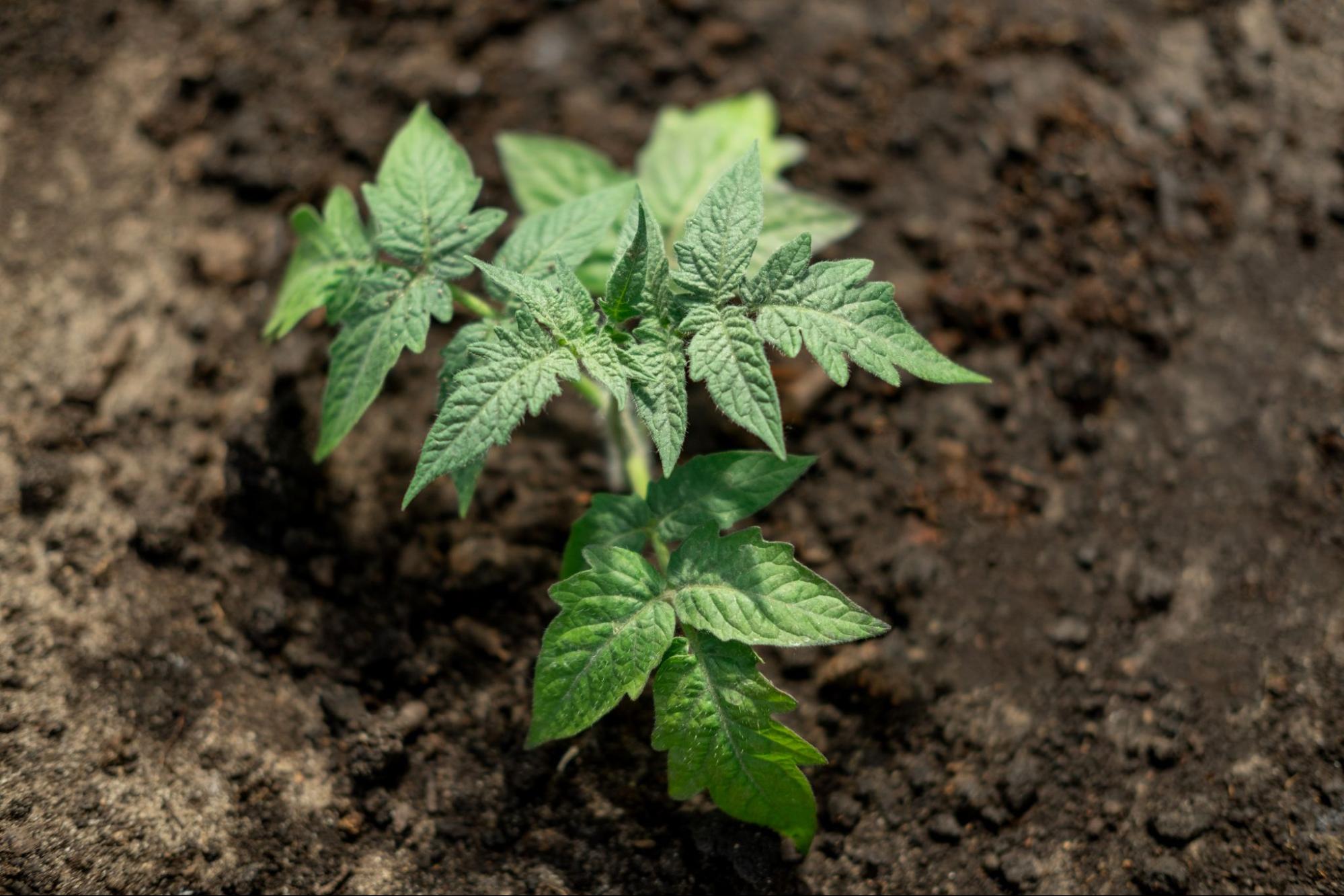
Cherry tomatoes are a favorite variety due to their sweetness, juiciness, fast growth, and versatility in the kitchen. To produce high-quality, healthy, and abundant fruits, it is essential to provide proper nutrition throughout all stages of growth. Balanced nutrition enables optimal development, abundant harvests, and nutrient-rich produce.
Before planting, the soil should be enriched with organic matter such as compost or well-rotted manure. These materials improve soil structure, increase moisture retention, and allow for the gradual release of essential nutrients. The ideal soil pH for growing cherry tomatoes ranges from 6.0 to 6.8. If the soil is too acidic, adding dolomite lime can help raise the pH to the appropriate level.
A balanced fertilizer with equal parts of nitrogen (N), phosphorus (P), and potassium (K), such as 10-10-10 or 14-14-14, is recommended for cherry tomatoes. Nitrogen promotes foliage growth, phosphorus supports root and flower development, and potassium enhances fruit formation and disease resistance. For organic cultivation, compost, fish emulsion, or aged manure can be used as natural alternatives.
Monitoring the physical symptoms on cherry tomato plants is crucial for identifying and correcting nutrient deficiencies in time. A nitrogen deficiency often appears as pale yellowing of older leaves and weak overall growth. Phosphorus deficiency may show as purplish hues on the underside of the leaves, especially in young plants. Potassium deficiency typically results in brown leaf edges and poorly formed or deformed fruits. Regular observation and early intervention help prevent long-term damage and maintain plant health.
The first fertilization should be done at planting time by mixing the fertilizer into the soil around the root zone. After that, plants should be fertilized every 4 to 6 weeks during the growing season. During flowering and fruit development, it is advisable to use a fertilizer higher in potassium, such as 5-10-10, to support fruit growth. Fertilizer should be applied carefully, avoiding direct contact with stems and leaves to prevent burns.
Excessive fertilization, particularly with high-nitrogen products, can lead to vigorous leafy growth at the expense of fruit production. It can also make plants more susceptible to diseases and reduce fruit quality. It is important to follow the recommended dosages and feeding schedules to maintain balance and prevent negative effects.
Watering is a key factor in plant nutrition. Lack of water can limit nutrient uptake, while overwatering can cause root rot. Plants should be watered in the morning, directly at the base, avoiding contact with the leaves to reduce the risk of disease. Mulching around the plants can help retain moisture and suppress weed growth.
Cherry tomato plants grown in pots or containers have limited access to nutrients and therefore require more frequent feeding. Liquid fertilizers are recommended every 2 to 3 weeks, starting from the flowering stage. Additionally, it is important to use containers with good drainage to prevent excess water accumulation.
Successfully growing cherry tomatoes requires thoughtful nutrition management throughout the entire growing season. From preparing the soil and selecting the right fertilizer to proper watering and avoiding over-fertilization, every step plays a vital role in achieving high yields and top-quality fruits. Regular care, balanced feeding, and well-regulated growing conditions result in healthy plants that produce sweet and juicy tomatoes all season long.